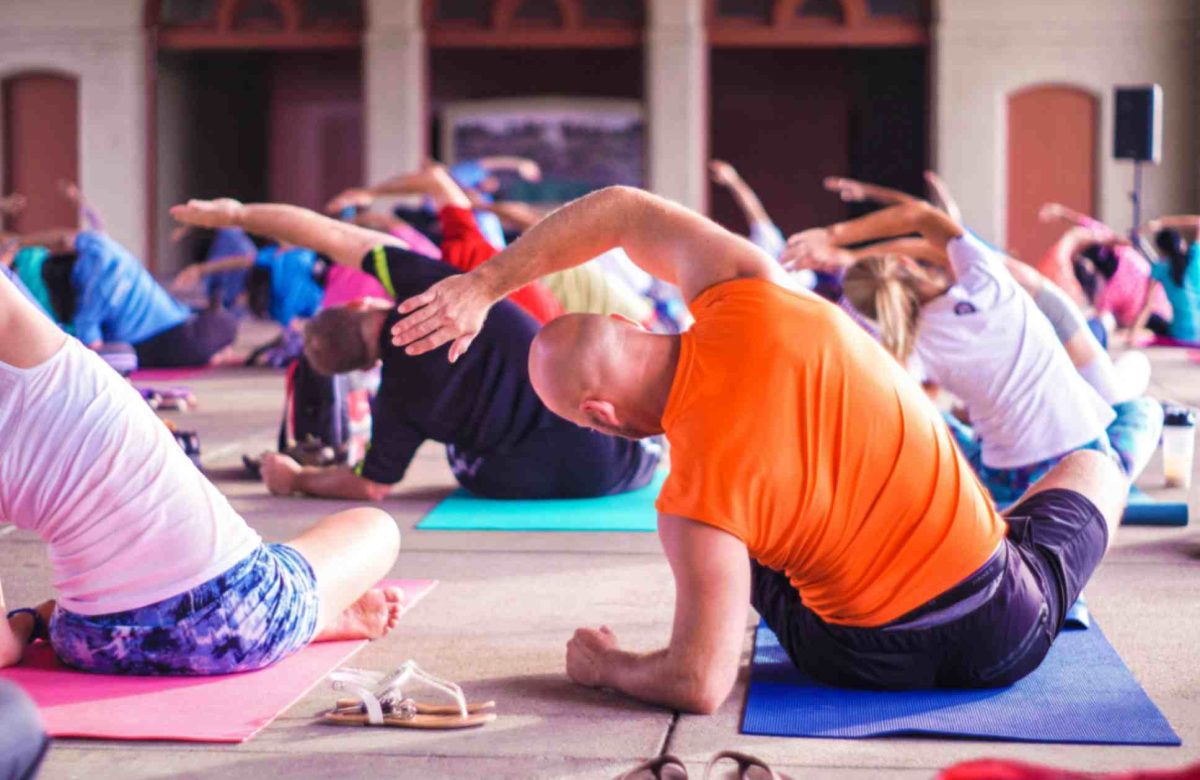How to Improve Your Balance and Stability with Exercise

Balance and stability are essential components of functional fitness that play a significant role in our daily lives. Whether it’s walking, climbing stairs, or participating in sports activities, a strong sense of balance and stability is crucial for preventing injuries and maintaining independence as we age. In this blog, we will explore the importance of balance and stability, their benefits, and practical exercises that can help you improve and maintain these vital aspects of your physical fitness.
1. The Importance of Balance and Stability
Balance refers to the ability to maintain the body’s center of mass over its base of support, while stability refers to the body’s ability to resist changes in equilibrium. Both balance and stability are critical for performing various activities safely and efficiently, from simple daily tasks to more complex athletic movements.
2. The Benefits of Improved Balance and Stability
Reduced Risk of Falls: Enhancing balance and stability can significantly reduce the risk of falls, particularly in older adults.
Injury Prevention: A strong sense of balance and stability can help prevent injuries during physical activities and sports.
Improved Performance: Better balance and stability can enhance athletic performance, allowing for more precise and controlled movements.
Better Posture: Improved balance and stability can lead to better posture and alignment, reducing strain on the muscles and joints.
Increased Confidence: Feeling more stable on your feet can boost confidence, especially in challenging or unfamiliar situations.
Read More : The Benefits of Mindful Walking for Physical and Mental Health
3. Incorporate Core Strengthening Exercises
A strong core is essential for maintaining balance and stability. Incorporate exercises like planks, side planks, and Russian twists to target the muscles in your core and improve your ability to stabilize your body.
4. Practice Single-Leg Exercises
Single-leg exercises are effective for improving balance and stability. Try exercises like single-leg squats, lunges, or single-leg balance holds to challenge your balance and strengthen the muscles responsible for stability.
5. Engage in Yoga and Pilates
Yoga and Pilates are excellent practices for improving balance, stability, and flexibility. Both disciplines focus on body awareness and alignment, making them ideal for enhancing overall stability.
6. Use a Stability Ball
Incorporating a stability ball into your workouts can add an element of instability, engaging your core and balance muscles. Use the stability ball for exercises like stability ball squats, push-ups, or seated exercises to challenge your stability.
7. Try Balance Exercises on an Unstable Surface
Performing exercises on an unstable surface, such as a Bosu ball or balance pad, can further challenge your balance and stability. Start with basic exercises like squats or lunges on these surfaces and gradually progress to more advanced movements.
8. Work on Proprioception
Proprioception is the body’s awareness of its position in space. Incorporate exercises that challenge your proprioceptive abilities, such as standing on one foot with your eyes closed or performing balance exercises with minimal visual cues.
9. Include Functional Movements
Focus on functional movements that mimic everyday activities. Exercises like step-ups, lateral movements, and reaching exercises can help improve your balance and stability in real-life scenarios.
10. Practice Tai Chi
Tai Chi is a traditional Chinese martial art that emphasizes slow, controlled movements and deep breathing. It can significantly improve balance and stability, making it particularly beneficial for older adults.
11. Perform Dynamic Balance Exercises
Dynamic balance exercises involve controlled movements while maintaining balance. Examples include walking lunges, side shuffles, and single-leg reaches. These exercises challenge your balance in various planes of movement.
Read More : The Benefits of Tai Chi for Balance and Flexibility
12. Progress Gradually
Improving balance and stability is a gradual process. Start with exercises that match your current ability level and gradually increase the intensity and complexity as you build strength and confidence.
Conclusion
Enhancing your balance and stability is not only essential for injury prevention but also for maintaining functional fitness and independence throughout life. By incorporating core strengthening exercises, single-leg exercises, yoga, Pilates, and exercises on unstable surfaces, you can effectively improve your balance and stability.
Remember to progress gradually and be consistent in your training to see noticeable improvements. Embrace these exercises as a part of your fitness routine, and you’ll reap the benefits of improved balance, stability, and overall physical well-being. With time and dedication, you’ll move through life with more confidence, grace, and ease.




